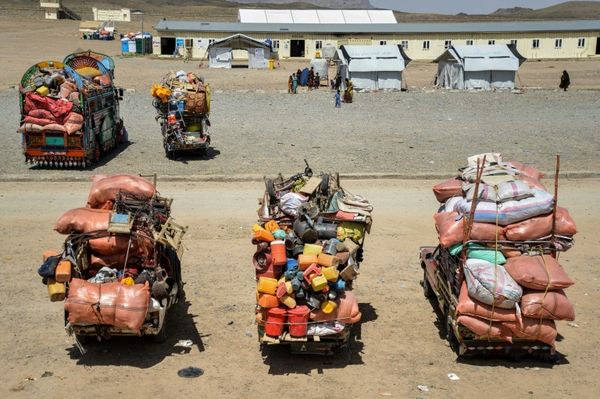
Australia is staring down the barrel of lacklustre economic growth throughout this year and next.
A collection of data points that indicate the likely pathway for economic activity continue to signal below-trend growth that's now tipped to drag into early 2024.
The level of the leading index as assembled by Westpac and Melbourne Institute fell from 97.30 in March to 97.27 in April.
The growth rate has been largely unchanged across the index for the past six months and sunk 0.78 per cent in April.
Westpac senior economist Matthew Hassan said this was the ninth month in a row the index signalled an upcoming patch of lower economic activity relative to trend.
"Westpac expects growth of just one per cent in 2023 with this lacklustre performance continuing in 2024 which is expected to show only a slight lift to 1.5 per cent," he said.
Mr Hassan said the forecasts were slightly below the Reserve Bank's own - 1.2 per cent in 2023 and 1.7 per cent in 2024 - but under both scenarios, activity was expected to contract on a per-person basis.
Five of the eight components contributed to the weak leading index score, with dwelling approvals only falling slightly over the month but were down 22 per cent compared to six months ago.
Falling commodity prices also weighed heavily on the index and expectations for unemployment also edged higher, particularly in Tasmania, Queensland and NSW.
Other indicators, such as the Australian share market, pushed the index up but Mr Hassan said these momentum shifts were more about the absence of further weakening rather than an improvement.







